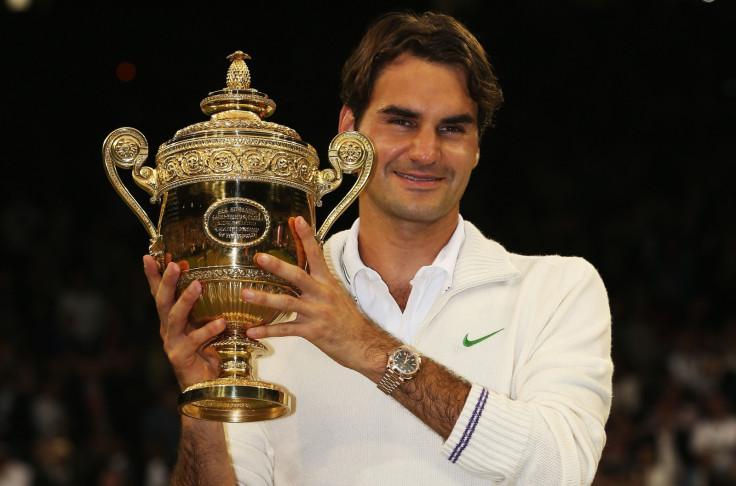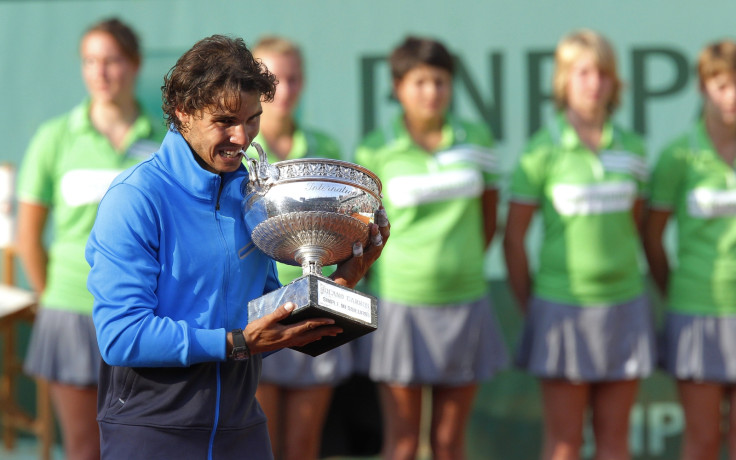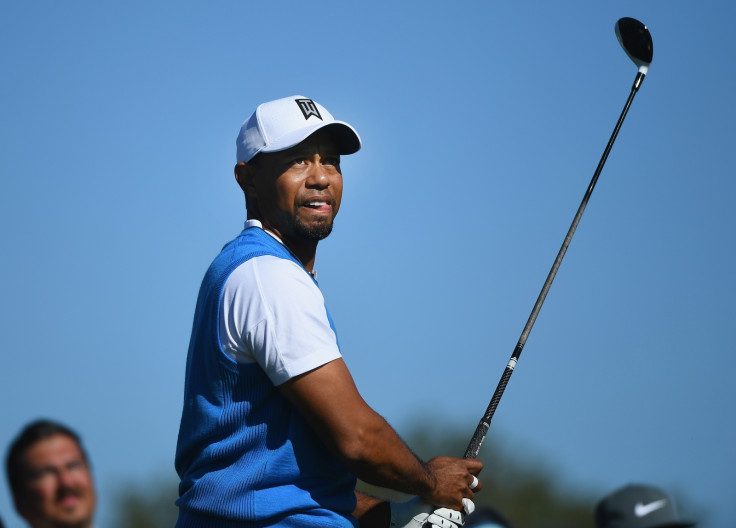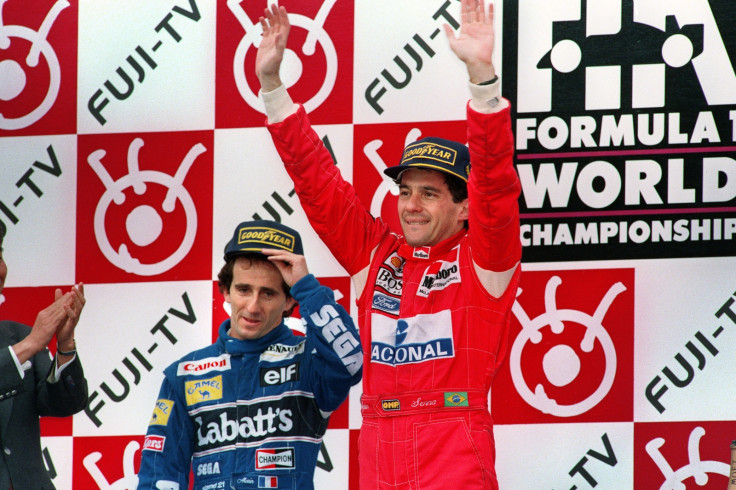Roger Federer, Rafael Nadal and tennis' unfortunate truth ahead of the Australian Open final
KEY POINTS
- Seventeen-time champion Federer reaches final after missing last six months of 2016.
- Nadal withdrew from the season in October and has endured constant injury problems.
- Spaniard has 23-11 win record over Federer and has won five of the last six meetings.
Finals weekend at the Australian Open is assured of being the ultimate throwback to a time when tennis was perhaps at its most glorious.
Roger Federer and Rafael Nadal will contest a men's singles final for the first time in six years in Melbourne, since the climax to the French Open in June 2011. Prince Philip was turning 90, X-Men was top of the box office and American rapper Pitbull sat at the summit of the UK singles charts. It was a great time to be alive, promise.
The latest edition of Federer against Nadal promises to be among the most fascinating of their 35 meetings. Neither can claim to be in their pomp, at their physical peak or even the two best players in the world but these Open-era immortals will inevitably serve up a classic Down Under. The match promises to be one of the sporting contests of 2017 and is a pleasant distraction from political instability either side of the Atlantic Ocean.
Such is the draw of both Federer and Nadal as a double-act that the match is the dream ticket for sponsors, broadcasters, supporters, administrators and organisers. If the two leading personalities of the men's game can produce a final worthy of the stage the sport can be painted in a rosy light. But in doing so it would mask over a sector which is on the brink of an identity crisis and threatening to slip into complete irrelevance.
While on the one hand two players aged over 30 have shown fine physical fortitude to reach the final while the sun sets on their career, it raises questions over the lower echelons of the sport which is continuing to shrivel. Both players sat out large parts of the 2016 season through injury yet have stormed into the final on Sunday [29 January], something that should never have been allowed to happen.

Last January, the pressure of combining parenthood with profession took its toll on Federer as he injured his knee running a bath for his twin daughters. It forced him to undergo surgery on the most significant injury of a career in which he has glided around the court like a ballerina. A recurrence of the problem just three months into his comeback at Wimbledon, which forced him to miss the rest of the season, then accentuated fears that the fat lady was beginning to sing on Federer's career.
Nadal arguably has had the most documented injury problems of any sportsperson on the planet in the last decade. His knee problems which extend to having suffered tendinitis in both joints since the age of 21 have provoked advice from numerous medical experts that his days in the sport, not least on his own two feet, are numbered. After losing in the first round of the Shanghai Masters last October he withdrew from the rest of the year with persistent wrist injuries – arguably the most damaging injury a tennis player can suffer – having endured a lacklustre return to the sport.
While Federer and Nadal's runs to the final are awe-inspiring physiological feats which should be marvelled at, it must be asked how such events have occurred. Men's tennis is constantly defined in the modern era not by shot-making, but the pure physicality involved. Matches on the ATP tour are increasingly becoming not so much tennis contests but endurance events which test stamina rather than technique. Mo Farah and Alistair Brownlee may be tempted to grab a racquet.

If Federer and Nadal can progress all the way to the final two in an event like the Australian Open, the first grand slam of their respective comebacks from injuries coming at the lowest ebb of their careers, then what does that say about the state of the sport below the lofty heights they occupy? We are forever being told about the young players preparing to break through, yet the last decade and more has seen the narrative of the big four disguise a crisis lower down the rankings.
For years now media commentators and fans have been falling over themselves to endorse the next superstar of men's tennis. Bernard Tomic, Jerzy Janowicz and Vasek Pospisil have been among those to have such an honour bestowed upon them, yet all have fallen by the wayside. The mentally fragile Milos Raonic, inconsistent Grigor Dimitrov, peevish Nick Kyrgios and wayward Lucas Pouille have all had such an unwanted label thrust in their direction, and are braced to go the same way.
The early exits of Andy Murray and Novak Djokovic should have worked as an opportunity for this quartet, among others, to break new ground. But instead, the limping old guard have prevailed. At 35 years and six months, Federer will become the second oldest player to win a grand slam if he picks up his 18<sup>th major title, while Nadal, 30, will ease into the top 20.

Such is the problem with the modern culture in sport, in which individuals are placed on pedestals, is the void they leave upon retirement or disgrace is greater than ever. The decline of men's golf has been gauged as much by the falling television viewing figures during Tiger Woods' various absences as it can by the reignited interest upon his return to the PGA circuit at the Farmers Insurance Open this week.
Athletics faces a similar crossroads later this summer when Usain Bolt hangs up his running spikes after the World Athletics Championships in London. The affable Jamaican has been the life and sole of the sport since he burst on the scene in Beijing, but the chasm he leaves behind as one of the most recognisable men on the planet is a gap which will see the sport fall down the pecking order.

Don't allow yourself to be fooled into thinking Federer vs Nadal is a rivalry – that sees the Spaniard lead 23-11 in the head-to-head - which extends beyond media hype, perhaps bar the aforementioned classic at SW19. Ivan Lendl and John McEnroe; Alain Prost and Ayrton Senna or Steve Ovett and Sebastian Coe all possess the needle and personal angst to take their conflicts into a different dimension. The regularity of their meetings does not heighten the significance of their battles, it if anything dilutes them.
However, even if the relationship between the pair becomes remotely tempestuous this weekend it could not distract from the underlining fear the sport is preparing to be plunged into worthlessness. Never has the phrase 'enjoy them while you can' held more weight. Existentially, enjoy tennis while you can, it faces an uphill struggle to ever be the same again.
© Copyright IBTimes 2025. All rights reserved.






















